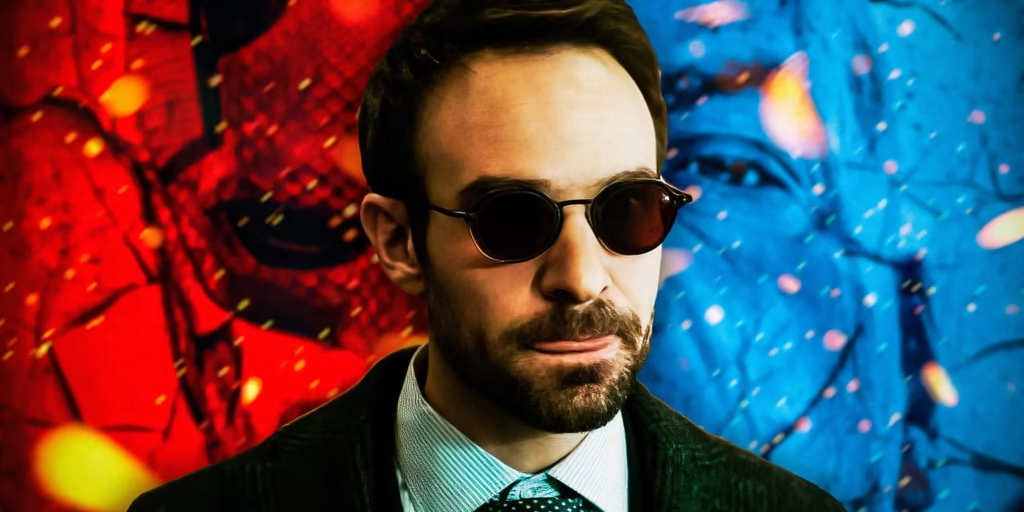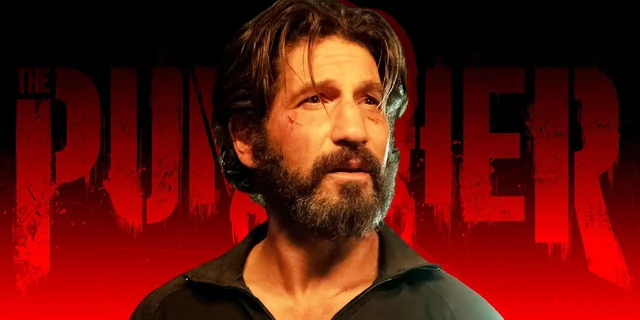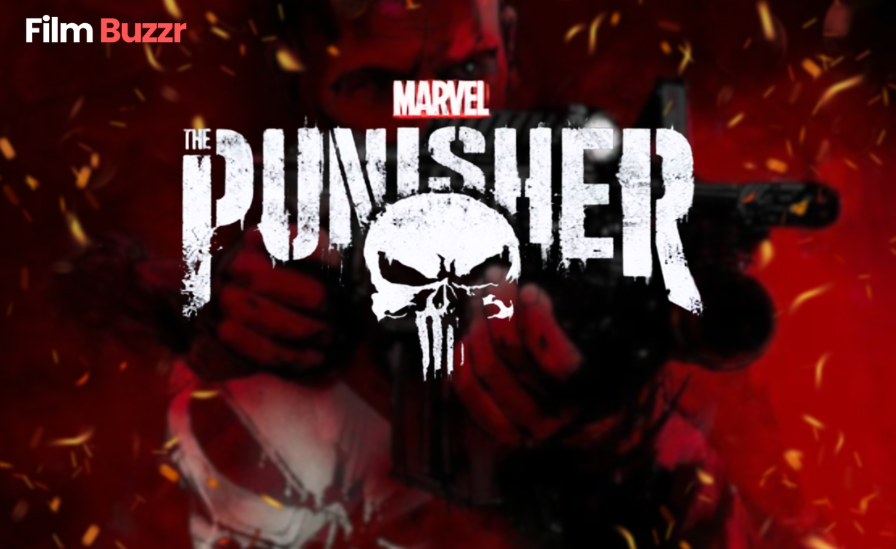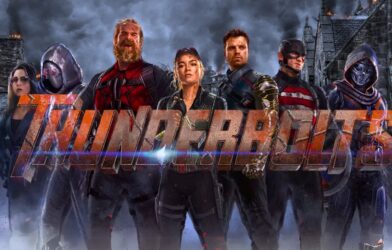Subtotal $0.00
In 2025, Marvel has made a bold and long-awaited move—confronting the Punisher logo controversy in the most direct way possible. For years, Frank Castle’s iconic skull symbol has sparked heated debates, especially as it appeared on police uniforms, protest banners, and military gear. Now, through both comics and the MCU, Marvel is reclaiming the meaning behind the logo—and rejecting its misappropriation in the real world.

The Real-World Problem Behind the Skull
The Punisher logo controversy 2025 has deep roots. Originally designed as a symbol of vigilante justice, the white skull has taken on a far darker connotation in recent years. Law enforcement officers—especially those aligned with the Blue Lives Matter movement—have proudly displayed the skull on patrol vehicles, tactical gear, and even department-branded merchandise.
Worse still, it has also appeared among far-right militia groups and hate organizations, turning a fictional character’s pain-fueled mission into a real-world symbol of extremist aggression.
Marvel Takes a Stand
Marvel, long criticized for its silence on the matter, is no longer sitting on the sidelines. Through a combination of comic book story arcs and powerful scenes in Daredevil: Born Again, the Punisher logo controversy 2025 is being addressed head-on. This is not just a narrative tweak—it’s a statement.
In Punisher #1 (2022), Frank Castle joined a cult known as the Hand and adopted a new emblem based on the Japanese Oni, rejecting the original skull. It was Marvel’s first major attempt to distance itself from the real-world appropriation of the Punisher logo.
But in 2025, they’ve gone even further.

Daredevil: Born Again – A Turning Point
The issue comes to life vividly in Daredevil: Born Again, season 1, episode 9. Frank Castle, aka the Punisher, is captured by a group of corrupt officers operating as Kingpin’s Anti-Vigilante Task Force—a group that idolizes Castle, wears his symbol, and believes they carry out his legacy.
In a chilling confrontation, Castle listens to their praise… and rejects it all.
He tells them they’ve misunderstood everything. They don’t know the cost of his mission, the trauma that shaped him, or the pain he carries. They are not his followers—they are a distortion of what he stands for. In this moment, the Punisher logo controversy 2025 becomes crystal clear: the skull was never a badge of honor. It was a warning.
Gerry Conway & Creator Backlash
Even Gerry Conway, co-creator of the Punisher, has condemned the use of the logo by law enforcement. He’s repeatedly said that they’ve misunderstood the character entirely. Castle was never a hero to emulate. He’s a broken man, not a role model. And by wearing the skull, real-world officers send a chilling message—that they believe themselves to be above the law.
That’s why the Punisher logo controversy 2025 is so significant: it reflects not only a shift in narrative, but a cultural reckoning with what symbols mean, and how they are weaponized in real life.

Reclaiming the Skull: Symbolism Rewritten
Marvel’s approach in 2025 repositions the Punisher’s skull as a symbol of pain, warning, and responsibility—not justice. By reshaping the character’s identity and addressing misuse in the MCU and the comics, Marvel is reclaiming ownership of its iconography and sending a powerful message to fans and institutions misusing the image.
The Punisher logo controversy 2025 reminds us that stories matter—and so do the symbols they create.
Final Thoughts
The Punisher logo controversy 2025 has become more than a fandom debate. It’s a cultural moment. Marvel is using its platform not just to entertain but to make a statement. By showing that even a symbol can be corrupted—and then reclaimed—Marvel challenges us to reflect on the real-world consequences of what we glorify.
Frank Castle’s skull is no longer just a comic book emblem. It’s a lesson.



